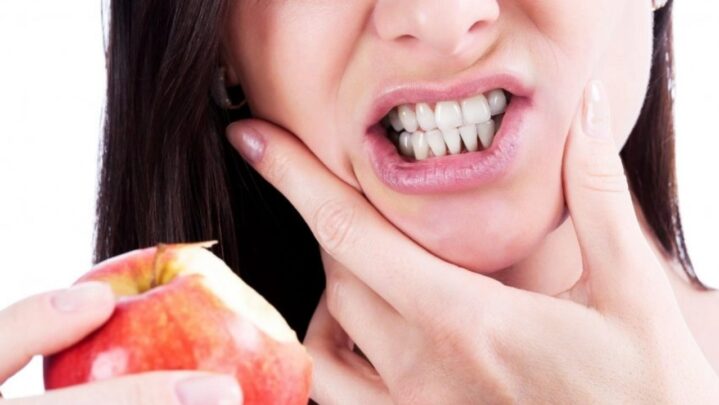You may brush it aside or assume that bleeding gums during dental care is commonplace. However, gum bleeding is a sign of an underlying issue.
Gum bleeding can be caused by a variety of things, including overly aggressive brushing, trauma, pregnancy, and inflammation. Periodontal diseases like gingivitis or periodontitis can be detected by the redness, swelling, and soreness of the gums. Inadequate plaque clearance can cause this condition.
The best course of treatment for bleeding gums must be determined by establishing the reason.
1. Practice good oral hygiene
Gum bleeding could be an indication of poor dental hygiene. When there is a buildup of plaque along the gum line, the gums swell and bleed. The bacteria-filled sticky film that coats your teeth and gums is called plaque. Additionally, if you don’t brush or floss frequently enough, the germs might grow and lead to gum disease or tooth decay.
2. Rinse your mouth with hydrogen peroxide
Hydrogen peroxide can be kept on hand for use as a disinfectant. It turns out that it can also halt gum bleeding, support healthy gums, and eliminate plaque. After brushing, rinse your mouth with hydrogen peroxide if your gums are bleeding; do not consume the solution.
3. Stop smoking
Smoking raises the risk of heart disease, lung cancer, and stroke. It also raises the chance of gum disease. According to the Centers for Disease Control and Prevention, smoking is a significant contributor to serious gum disease in the United States. Reliable Source.
Also Read: How Introverted Are You? These Are Your Best Job Options





